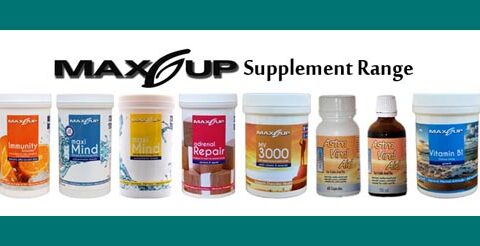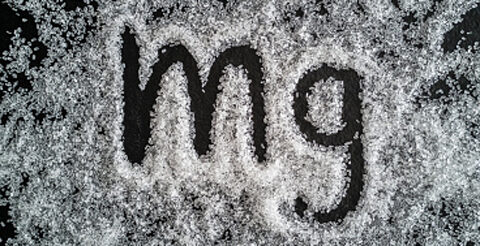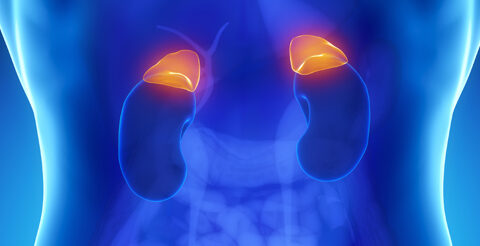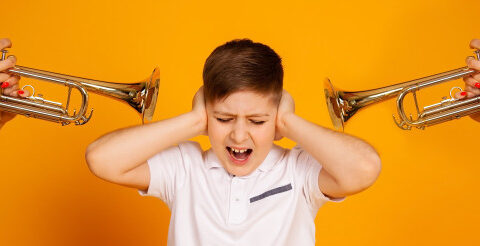ARTICLE BY: Parents from House Of Troy & Our Autism Journey
ADHD is short for Attention Deficit Hyperactivity Disorder
ADHD (Attention Deficit Hyperactivity Disorder) is one of the most common mental disorders or chronic condition that affects millions of children and often continues into adulthood.
Living or caring for a child with ADHD can be challenging for a parent or caregiver but, it’s important to remember that they cannot help their behaviour. A child with ADHD has differences in brain development and brain activity that affect attention, their ability to sit still, and self-control.
ADHD can affect a child at school, at home, and in friendships.
Symptoms associated with ADHD
The primary features of ADHD include inattention and hyperactive-impulsive behaviour. ADHD symptoms start before the age of 12, and in some children, they’re noticeable as early as 3 years of age. ADHD symptoms can be mild, moderate or severe, and they may continue into adulthood.
ADHD occurs more often in males than in females, and behaviours can be different in boys and girls. For example, boys may be more hyperactive and girls may tend to be quietly inattentive.
Challenging ADHD behaviour that may arise in day-to-day life includes:
- Getting your child to sleep at night.
- Getting ready for school on time.
- Listening to and carrying out instructions.
- Being organised.
- Social occasions.
- Shopping.
- Anxiety Disorder.
What are the different types of ADHD?
There are 3 categories of symptoms of ADHD which includes the following:
- Predominantly inattentive – The majority of symptoms fall under inattention.
- Predominantly hyperactive/impulsive – The majority of symptoms are hyperactive and impulsive.
- Combined – This is a mix of inattentive symptoms and hyperactive/impulsive symptoms.
Inattention (Inattentive): Kids who are inattentive (easily distracted)
- May have trouble focusing their attention.
- May have trouble concentrating, and staying on task.
- May not listen well to directions.
- May miss important details because they are easily distracted.
- May not finish what they start.
- May have poor organizational skills.
- May daydream or dawdle too
- May seem absent-minded or forgetful.
- May lose track of their things.
- May have poor study skills.
Impulsivity (Impulsive): Kids who are impulsive
- May act too quickly before thinking.
- May often interrupt others.
- Might push or grab without thinking.
- May find it hard to wait.
- May do things without asking for permission.
- May take things that aren’t theirs.
- May act in ways that are risky.
- May Takes frequent risks, and often without thinking before acting.
- They may have emotional reactions that seem too intense for the situation.
Hyperactivity (Hyperactive): Kids who are hyperactive
- May fidget excessively.
- May be restless, and easily bored.
- May talk excessively.
- May seem to be in constant motion.
- They may climb, jump, or roughhouse when they shouldn’t.
- They may have trouble sitting still, or staying quiet when needed.
- May have difficulty engaging in quiet activities.
- May shift from one task to another without bringing any to completion.
- They may rush through things and make careless mistakes.
- Without meaning to, they may act in ways that disrupt others.
In the current world we live in, a common oppressive handling is to give ADHA children prescribed medication /drugs (Concerta/Ritalin/Risperdal/ Risperidone) to make learning possible and classrooms manageable.
I will never forget the day the Paediatric Neurologist told us our child has AUTISM and that Risperdal will be the only solution for our non-verbal son, and both our guts just said NO! Family disagreed, as it is the “normal thing to do” – give our kids medication that are hyperactive so that we as parents can cope better! I never wanted my child full of cocktail medication or pharmaceutical drugs, nature provides solutions and they are what we call little miracles. Today, without Risperdol our child is saying a few words, not stringing sentences yet but “Thank You” and “I Love You” are two very important words to a mom and dad that have been waiting seven plus years to hear a little voice.
To compound the problem, those drugs are assured to be “harmless”.
Yet these prescribed medication /drugs are addictive, they cause liver damage, destroy many essential nutrients, create drug addicts and children prone to drug abuse in the future. There is an exact point where one becomes addicted to a drug. It is when the nervous system does not know how to cope without the “constant presence of the drug.”
For more information on The Truth about Ritalin Abuse, visit http://f.edgesuite.net/data/www.drugfreeworld.org/files/truth-about-ritalin-booklet-en.pdf
DID YOU KNOW? Hyperactivity and inability to relax are characteristic of excessive phosphorous intake combined with a deficiency of Magnesium, Calcium, Vitamin B6, and Vitamin D, all essential components for the absorption of calcium.
Phosphorous is essential for strong bone formation. Nutritious protein foods rich in phosphorous are milk, most meats, liver, yeast, wheat germ, eggs, cheese, lecithin. Excess intake of phosphorous causes deficiencies of Calcium and Magnesium. Essential fatty acids (cold pressed oils) are also needed for the absorption of Calcium & Magnesium into the blood.
Supplement with a Cal Mag Solution (not Cal Mag tablets) to avoid a phosphorous overload.
ADHD can improve when kids get the correct treatment, nutritional supplements, eat healthy food, get enough sleep, exercise and play, Not to mention those supportive parents who know how to respond to ADHD.
References: Allan Wohrnitz, Adelle Davis, L Ron Hubbard.
Interesting Articles: The ADHD Fraud—How Psychiatry Makes “Patients” of Normal Children










Leave a comment